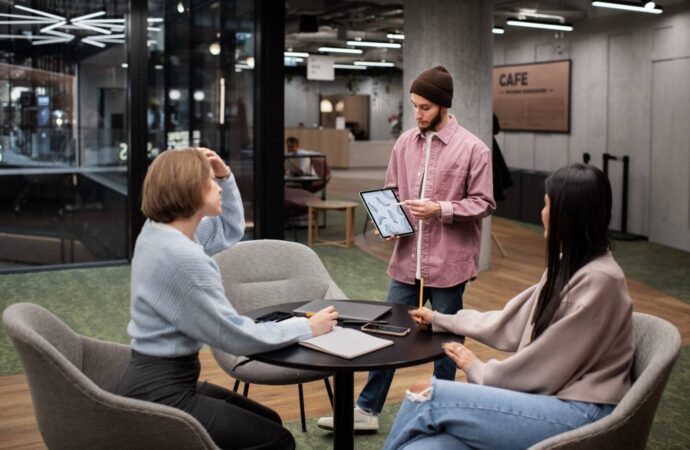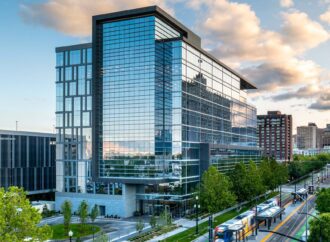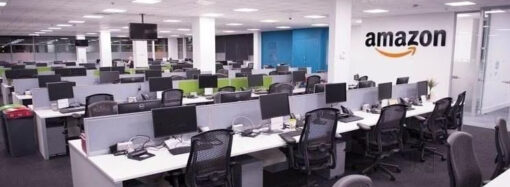Explore the transformative power of coworking spaces that foster innovation, flexibility, and community. Strategic design, technology integration, and community building that enhance productivity and well-being while adapting to hybrid work models and incorporating wellness programs to redefine modern workspaces.
In today’s dynamic work environment, coworking spaces are not just facilities but vibrant communities designed to foster collaboration, creativity, and productivity.
As the traditional office model evolves, these spaces are at the forefront, providing a flexible, inspiring, and efficient workplace for diverse professionals, from freelancers to Fortune 500 companies.
This article delves into how strategic design, advanced technology, and community-building initiatives in coworking spaces enhance work efficiency and overall well-being.
Strategic Design for Enhanced Productivity
The architecture and interior design of coworking spaces significantly influence productivity. Spaces designed with a mix of private areas and open, collaborative zones allow for both concentrated work and dynamic collaboration. Incorporating natural lighting, ergonomic furniture, and aesthetic green spaces improves mood, mental clarity, and productivity. Moreover, including sustainable materials and designs reflects a commitment to environmental responsibility, appealing to a growing eco-conscious workforce.
Technology Integration for Operational Excellence
Technology plays a crucial role in the functionality of modern coworking spaces. High-speed internet, seamless connectivity, and integrated workplace management systems ensure efficient operations, facilitating effortless communication and management. These tech-forward environments cater to tech-savvy professionals and digital nomads, making coworking spaces ideal for those who value connectivity and convenience.
Cultivating Community and Networking Opportunities
Coworking spaces thrive on building communities. Regular networking events, workshops, and social gatherings are fundamental, helping forge valuable professional connections and fostering community among members. This aspect of coworking spaces is particularly beneficial for startups and individual entrepreneurs looking to expand their networks.
Adapting to Hybrid Work Models
With the rise of hybrid work models, coworking spaces offer the perfect solution for businesses and individuals seeking flexibility. The ability to access a professional workspace as needed supports a balance between remote and in-office work, making coworking spaces increasingly popular among companies implementing flexible working policies.
Prioritising Health and Well-being
Recognising the importance of well-being in productivity, many coworking spaces now offer wellness programs, fitness centres, and mindfulness workshops. These initiatives enhance physical health and support mental well-being, providing a holistic approach to work-life balance.
Future Trends and Innovations
Looking forward, the coworking industry continues to innovate. Integrating co-living and coworking models represents a significant trend, offering freelancers and remote workers a seamless blend of work and lifestyle. Additionally, technological advancements such as virtual reality tours for workspace previews are set to redefine how individuals interact with potential workspaces, providing immersive experiences that help in making informed decisions.
Conclusion
Coworking spaces remain at the cutting edge of workplace design and culture as the work landscape evolves. These spaces are not merely places to work; they are designed to enhance productivity, support well-being, and build community, aligning perfectly with the future of work. By embracing technology, sustainability, and flexibility, coworking spaces are ideally positioned to meet the diverse needs of today’s workforce, making them a crucial element of modern professional life.























